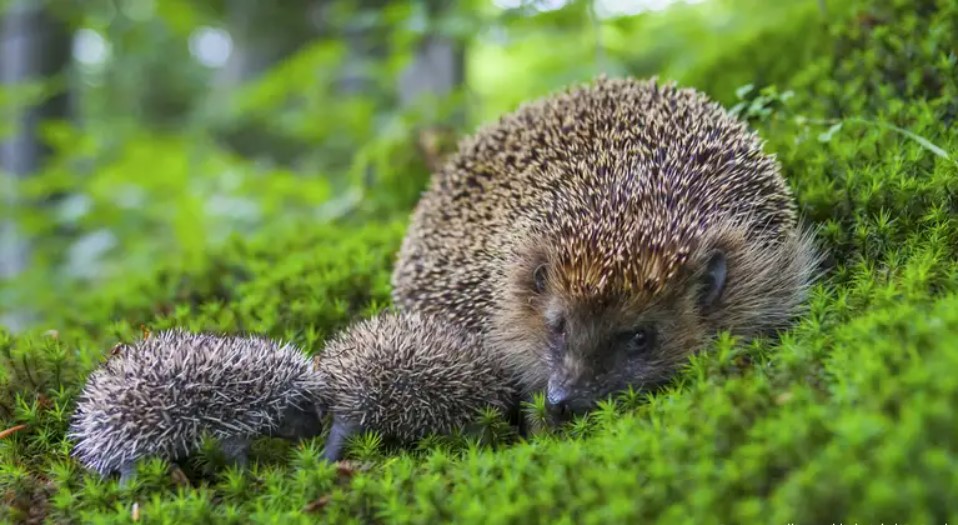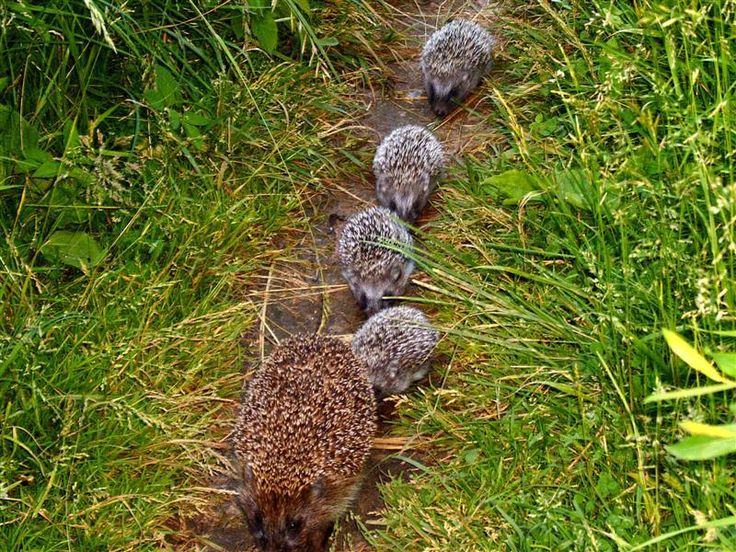
Unexpected danger: small hedgehogs began to threaten the Red Book fauna
In the world of wildlife, where balance and interaction are key to maintaining ecosystems, even the smallest changes can have major consequences. Recent observations indicate an unusual threat to the Red Book fauna, the source of which is small hedgehogs. These seemingly harmless wildlife creatures have begun to exhibit aggressive behavior, upsetting the balance of local ecosystems and causing alarm among ecologists and conservationists.
Hedgehogs in the Scottish Isles: from protection plan to disaster for local fauna
In the early 1970s, the idea was to introduce hedgehogs to the Western Isles of Scotland, particularly South Uist, to help control insects and snails in local gardens. Over time, this plan developed into serious problems. Hedgehogs, despite their cute appearance and popularity in children’s books, began to threaten the local fauna, turning into real “bandits.” They have begun eating the eggs and chicks of ground-nesting birds, causing concern among conservation groups, the BBC reports.
Unaccustomed to the presence of hedgehogs, the islands provide vital habitat for a variety of bird species including blue tits, curlews, dunlins and redshanks. In the mid-1980s, the birds began to decline, coinciding with a sudden increase in the number of hedgehogs on these islands.
Research carried out by NatureScot from 2012 to 2014 found that in areas with high hedgehog populations, more than half of bird nests were destroyed. This led to calls for action, although the original proposal to eradicate the hedgehogs was quickly abandoned following public outrage.

Instead, a more humane approach was chosen through the implementation of the Uist Wader Project. This project is a collaboration between NatureScot and RSPB Scotland. As part of this, hedgehogs were caught, and after checking their condition and marking, they were relocated to the mainland. Since 2001, more than 2,000 hedgehogs have been successfully relocated thanks to the efforts of wildlife rescue organizations and volunteers. The relocation process involves various measures such as night searches, the use of sniffer dogs, setting traps, and sometimes simply collecting hedgehogs that freeze under the light of a lantern.
NatureScot notes that the project initiative has been effective in regions such as North Uist, where numbers of these predators have been significantly reduced. However, in other areas, hedgehog populations remain stable and the agency is currently considering possible steps for the next phases of the project.
The evolution of defensive reactions: why hedgehogs show aggression
The reasons for the aggressive behavior of hedgehogs can be varied and depend on their living conditions. One reason may be a lack of food, especially during periods of increased hedgehog activity or when climate conditions change, which leads to increased competition for resources. Aggression can also be caused by fear or a defensive reaction to external threats, for example, when hedgehogs feel in danger.
Habitat changes, such as loss of natural habitats due to human activity or heavy use of pesticides and other chemicals, can also contribute to aggressive behavior in hedgehogs. These factors can cause stress in animals, which in turn can affect their behavior.
In addition, in some cases, the aggressive behavior of hedgehogs may be due to their individual characteristics or disturbances in their psychological or physiological state. Such factors can influence how hedgehogs interact with their environment and other animals.

In addition, some hedgehogs may become aggressive during the breeding season or in defense of their territory. Males may become especially defensive around females or when competing for food and resources. Such situations can lead to aggressive behavior displays, including attacks on other animals or even people if threatened.
It is also worth considering that hedgehogs are nocturnal animals, and changes in their normal activity patterns, for example due to human intervention or disturbance to their habitat, can cause stress and aggressive reactions.
In general, the aggressive behavior of hedgehogs is the result of a complex of factors, and its manifestation can be determined both by external conditions and by the individual characteristics of the animals. To understand and manage this behavior, detailed research is needed, taking into account the variety of factors influencing hedgehogs and their interactions with the environment.